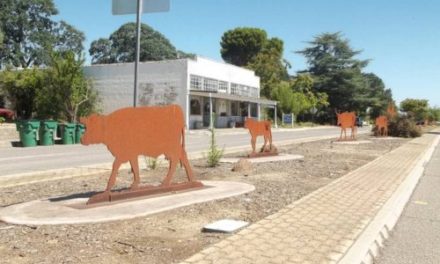Gandy Dancers
Bio for Railroad Days Program
“Gandy dancers” was a nickname for railroad section gangs in the days before modern mechanized track upkeep. The men were called dancers for their synchronized movements when repairing track under the direction of a lead workman known as the “caller” or “call man.” The name “gandy” supposedly arose from a belief that their hand tools once came from the Gandy tool company in Chicago (though no researcher has ever turned up such a company that made railroad tools). The name may also have derived from “gander” because the flat-footed steps of the workmen when lining track resembled the way that geese walk. There is, however, no consensus on the origin of the name.
Each group of railroad workers typically maintained 10 to 15 miles of track. The men refilled the ballast (gravel) between the railroad ties, replaced rotted crossties, and either turned or replaced worn rails, driving spikes to lock them to the crossties. The heavy rails had to be carried by teams of men with large clamps called “rail dogs.” A lead singer coordinated the effort with so-called “dogging” calls. A good half of a typical workday was spent on the constant chore of straightening out the track (known as lining), and it was from this activity that “gandy dancers” earned their name. When leveling the track, workmen jacked up the track at its low spots and pushed ballast under the raised ties with square-ended picks, often leaning shoulder-to-shoulder in pairs while the caller marked time with a four-beat “tamping” song.
Lining track was tedious work, and the timing or synchronization of the pull was more important than the brute force of any single man. This process required careful coordination to ensure the combined strength of the crew heaved the rail with their lining bars at the same moment. One crew member became the “caller,” who sang out a two-line rhyme in a loud, clear voice and synchronized other crew members’ movement so that their combined sheer strength leaned into the rail all at one time.
Calls were handed down from generation to generation and some dated back 100-150 years. These calls helped make the hard work easier and served an indispensable function of uniting men’s efforts, easing their minds, and, as many were humorous in nature, making the railroaders smile.











